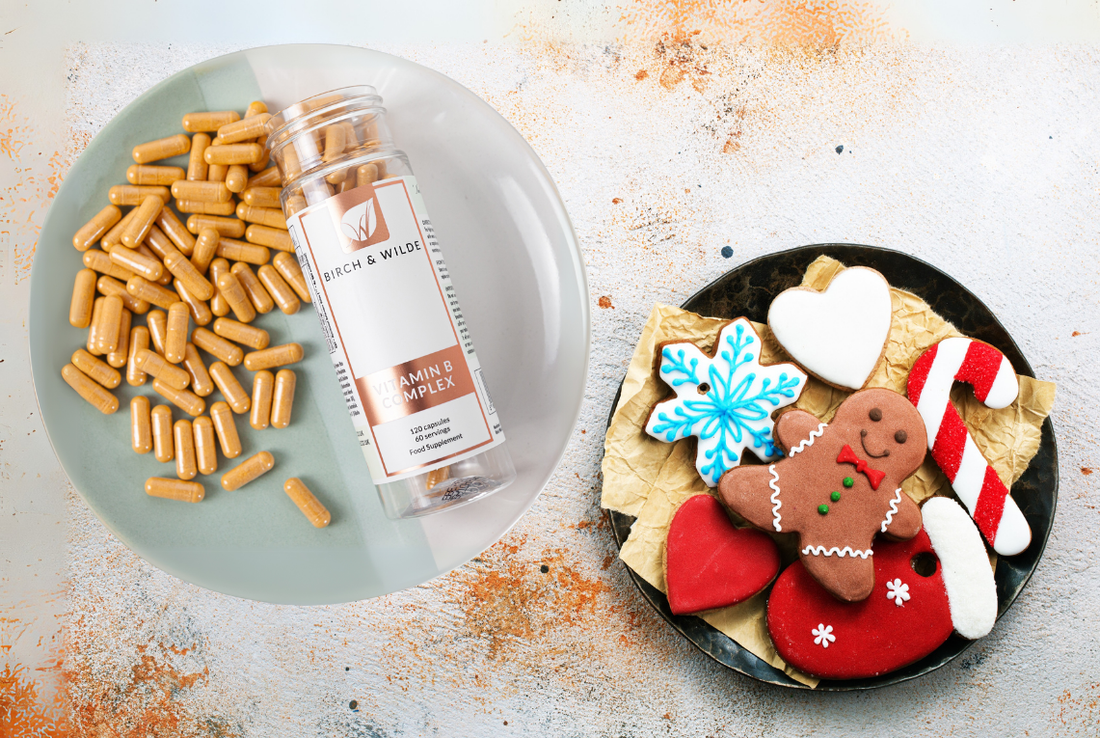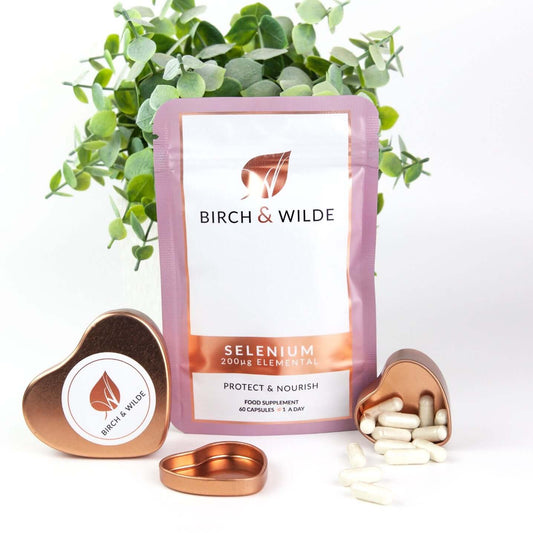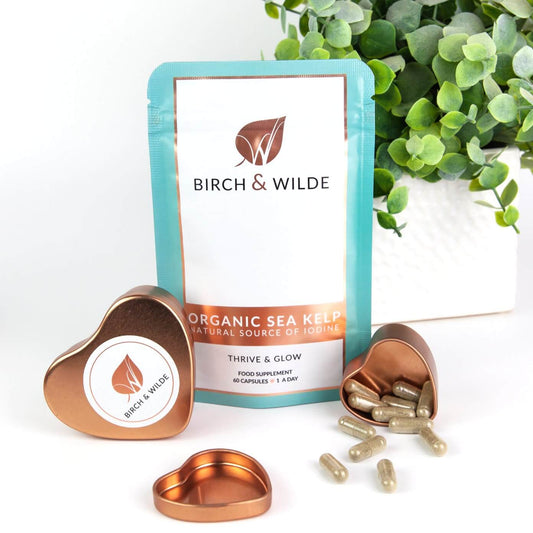Savouring the Season’s Sweets: A Balanced Guide to Holiday Indulgence and Well-Being

As the festive season approaches, the temptation of sweet treats grows stronger. From frosted cookies and fruitcake to candy canes and indulgent desserts, sugary goodies are everywhere this time of year. While enjoying these holiday favorites can be part of the fun, understanding the differences between sugars, choosing wisely, and supporting your body’s metabolism can help you maintain both enjoyment and balance—even when the cookie jar calls your name.
A Brief History of Sugar
Humans have enjoyed sweet foods for thousands of years, initially in the form of fruits and honey. It wasn’t until sugarcane cultivation spread from Southeast Asia and India to the Middle East and later to Europe in the medieval period that refined sugar (sucrose) became a traded commodity. By the 18th and 19th centuries, sugar plantations in the Americas made sugar abundant and inexpensive. Since then, sugar has become a staple ingredient across the globe, often at the center of debates about health and nutrition. Today, sugar is deeply woven into holiday traditions worldwide. By knowing a bit more about sugars and how your body uses them, we can approach these festivities with a renewed sense of balance
Sucrose vs. Glucose: What’s the Difference?
Sucrose (Table Sugar): This is the white or brown sugar you add to your coffee or find in your favorite frosted biscuit. Sucrose is made up of two smaller sugars—glucose and fructose—bound together. Your body can’t use sucrose directly for energy; it must first break it down.
Glucose (Our Body’s Preferred Fuel): Glucose is the simplest form of sugar that directly fuels your muscles, brain, and cells. Whole, minimally processed foods like vegetables, fruits, and grains release glucose steadily, offering a more sustained energy release and helping you avoid the highs and lows associated with sugar-laden holiday treats.
Everyday Foods High in Sucrose vs. Glucose
High in Sucrose:
• Sweetened beverages—mulled wine with added sugar, spiced lattes, hot chocolate mixes.
• Dessert sauces, jams, and festive spreads
Containing Glucose (Naturally or Upon Digestion):
• Fruits (apples, pears, grapes).
• Vegetables (carrots, peas, sweet potatoes).
• Whole grains (oats, brown rice) that gradually release glucose.
By focusing on foods that provide a steady flow of glucose, you maintain more stable energy levels even when indulging in holiday sweets.
Why Our Bodies Need Glucose, Not SucroseYour body doesn’t crave sucrose specifically; it craves energy in the form of glucose. Choosing foods that deliver glucose slowly helps keep your blood sugar and mood balanced. Think of it as a gentle, ongoing “gift” of energy rather than a sudden sugar rush and subsequent crash. This steady energy is especially beneficial during the busy holiday season when you want to feel alert, upbeat, and ready to enjoy gatherings.
1. Low GI Foods (≤55): Oats, apples, lentils, and nuts—great for steady energy.
2. Medium GI Foods (56–69): Brown rice, couscous, and whole grain breads—offer a moderate rise in blood sugar.
3. High GI Foods (≥70): White bread, instant potatoes, sugary cereals—cause sharper spikes in blood sugar.
By mixing and matching foods, you can keep your energy stable. For instance, enjoy a small piece of fruitcake (high GI) with some almonds (low GI) to slow the release of sugar.
Different Types of Sugar and Sweeteners
Beyond sucrose and glucose, we’ll encounter:
• Fructose: In fruits and honey, naturally sweet and often paired with fibre and nutrients.
• Lactose: In dairy, providing a gentle sweetness.
• Maltose: In sprouted grains, offering a subtle sweetness.
Artificial sweeteners like aspartame or stevia can help reduce sugar intake, but they’re not a substitute for a balanced diet rich in essential nutrients.
Supporting Glucose Metabolism with Supplements
Even with careful food choices, your body might benefit from extra support to handle all the sweet temptations. This is where supplements can help, particularly those that support glucose metabolism.
Vitamin B Complex:
• Why Birch & Wilde B-Complex? Our B-Complex combines the most bioavailable, easily absorbed forms of all eight B vitamins, plus the recommended daily intake of vitamin C. We source responsibly and avoid GMOs, ensuring a high-quality supplement that aligns with a wholesome lifestyle.
• Extra Benefits:
1. Inositol: Helps balance mood and may improve cognitive function, helping you stay calm and focused amid holiday hustle.
2. Choline: Supports memory, heart health, and helps boost metabolism, which can be especially welcome during a season often filled with feasting.
3. PABA (Para-Aminobenzoic Acid): Supports healthy skin, hair, digestion, and gut health—perfect for looking and feeling your best, inside and out.
A Healthier, Happier Holiday Ahead
By understanding how sugar affects your body, using tools like the GI scale, and building meals around nutrient-rich whole foods, you can enjoy the season’s sweetest moments without losing your stride. When approaching the holiday spread, think of it as an opportunity to blend flavour with balance: fill your plate with non-starchy vegetables, whole grains, and lean proteins to keep your blood sugar and energy on an even keel. If you’re tempted by gingerbread or plum pudding, savour a modest portion and pair it with something like almonds or a dollop of plain yoghurt to slow sugar absorption.
For added support, consider incorporating Birch & Wilde’s Vitamin B-Complex into your routine—its carefully sourced, bioavailable ingredients can assist with healthy glucose metabolism, steady energy, and overall well-being. With mindful choices and the right nutritional boosts, you’ll be well-prepared to embrace the festivities, enjoy those special treats, and glide into the new year feeling truly at your best.















